Shaping the Future of Farming: Eastern and Central Africa experts Endorse Regional Strategy for Scaling Climate Smart Agriculture Innovations
BY BEN MOSES ILAKUT
NAIROBI, KENYA: ASARECA in collaboration with the CGIAR are intensifying the drive to scale up Climate Smart Agriculture (CSA) technologies, innovations and management practices to shape the delivery of resilient food systems in Eastern and Central Africa (ECA). During a pivotal Stakeholder Consultation and Validation Workshop in Nairobi, Kenya on (September 29- October 1), ASARECA Executive Director Dr. Sylvester Dickson Baguma confirmed that the process of finalizing the Eastern and Central Africa (CSA) Scaling Strategy marked a significant step in a collective journey of ASARECA and the CGIAR to address the urgent challenges posed by Climate Change to agriculture and food systems in the sub-region.
“Together, we have the opportunity to shape a strategy that will guide the ECA region in scaling CSA technologies, leveraging climate information services, and mobilizing resources to support sustainable agriculture,” Dr. Baguma said. He stressed the commitment of ASARECA and CGIAR partners under the Accelerating Impacts of CGIAR Climate Research for Africa (AICCRA) Project (https://aiccra.cgiar.org/) to effectively engage the private sector and implement targeted CSA initiatives to enhance the resilience of smallholder farmers and sustainably and transform agriculture.
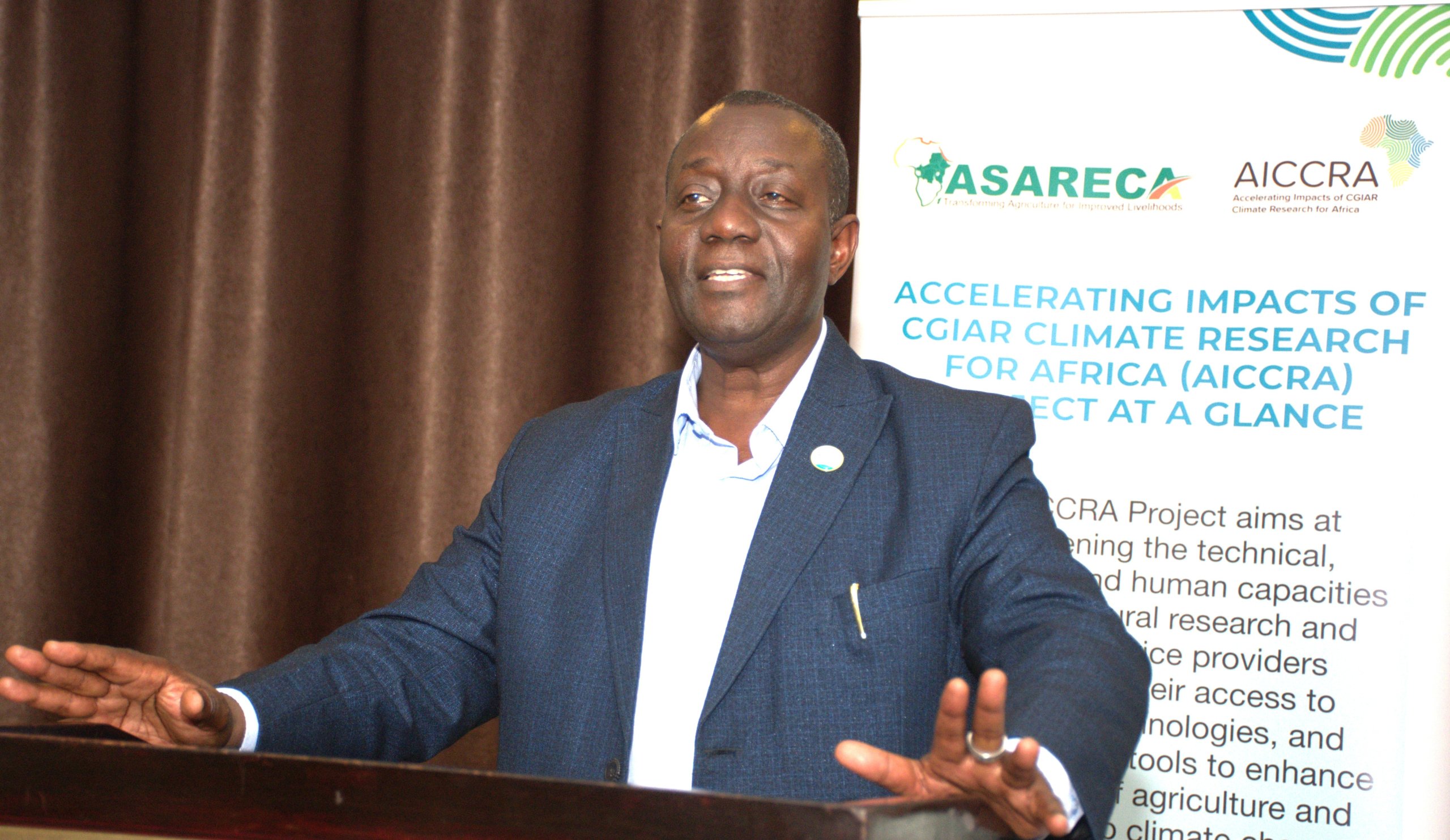
Strategy galvanizes national contexts
The strategy is a regional framework that galvanizes joint actions and priorities for CSA in the sub-region. Through a participatory process, it was developed by ASARECA to guide sharing of knowledge with National Agricultural Research Institutes (NARIs) on evidence-based data for the scaling up of CSA technologies, innovations and practices. It converges diverse national contexts into a clear framework of systems, priorities, and action streams for scaling CSA. Its key climate-smart intervention areas include Soil and water conservation; soil fertility management; water management; livestock management; energy management; risk management; mechanization; and enabling environment.
About the workshop
The core objective of the workshop was to rigorously review the draft Strategy, share knowledge, and secure agreement on the necessary mechanisms for successful scaling. Specific objectives included documenting proven CSA scaling strategies and holding discussions to agree on the policies, financing models, and partnerships required to bring the interventions to scale.
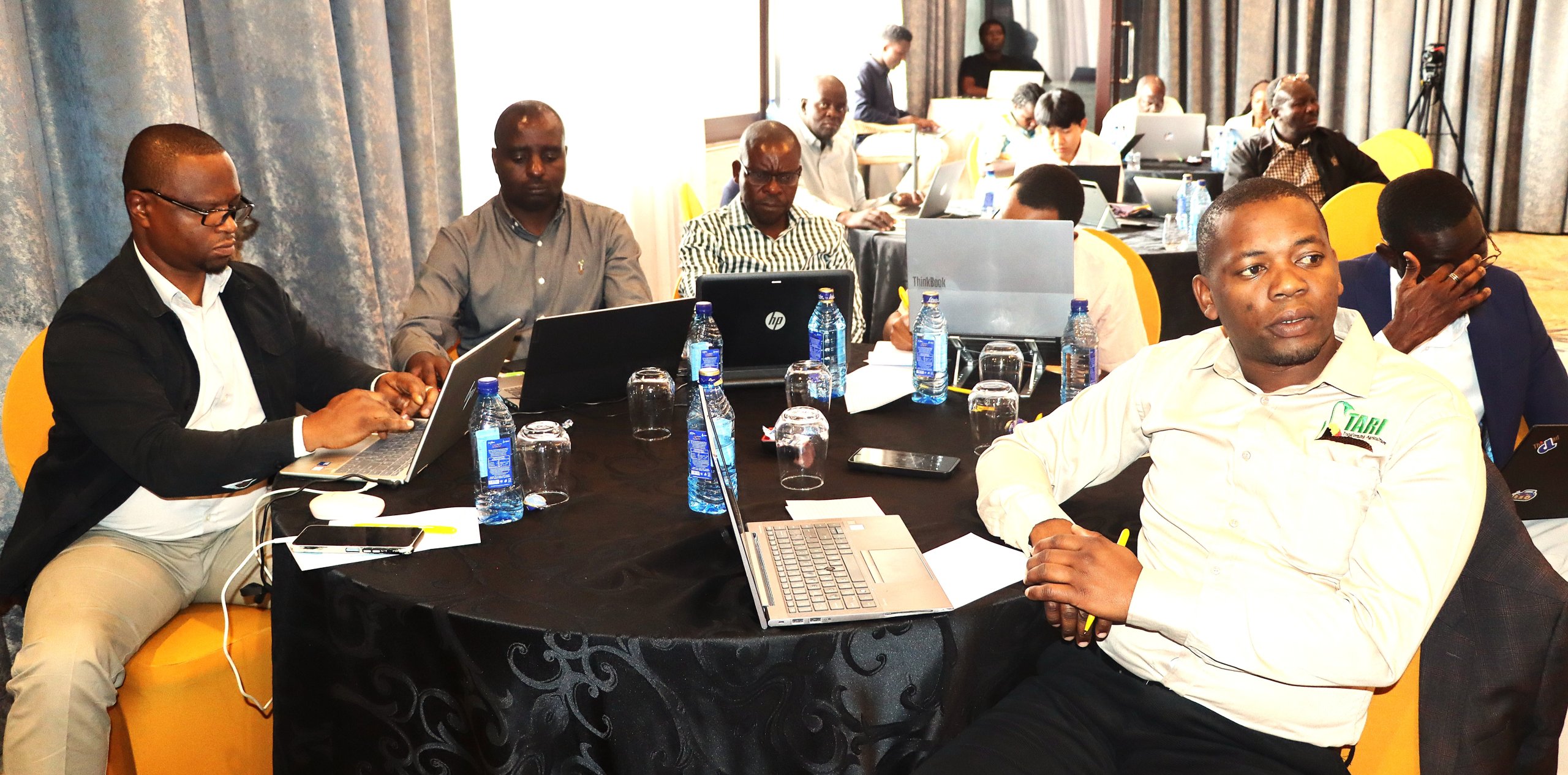
World Bank/AICCRA support
The workshop was organized under the auspices of the Accelerating Impacts of CGIAR Climate Research for Africa (https://aiccra.cgiar.org/) project.
Focus of the Strategy
Ms. Julian Barungi, the Programme Officer for Policy at ASARECA and Manager of the AICCRA Project, emphasized the far-reaching potential of the document. “The Strategy is a critical blueprint intended to accelerate the deployment of technologies and innovations needed to combat climate change impacts on farming,” said Ms Barungi. “Once implemented, the strategy’s ultimate goal is to translate to drastic improvements in agricultural productivity and increased food and nutrition security in the sub-region.”
Discussing the framework’s strategic functional elements, Ms. Barungi detailed the complexity of the effort required, including establishing systematic frameworks for scaling CSA interventions, which entails matching agroecological zones in the region with the appropriate tools and mechanisms for mitigating the effects of climate change on agricultural productivity.
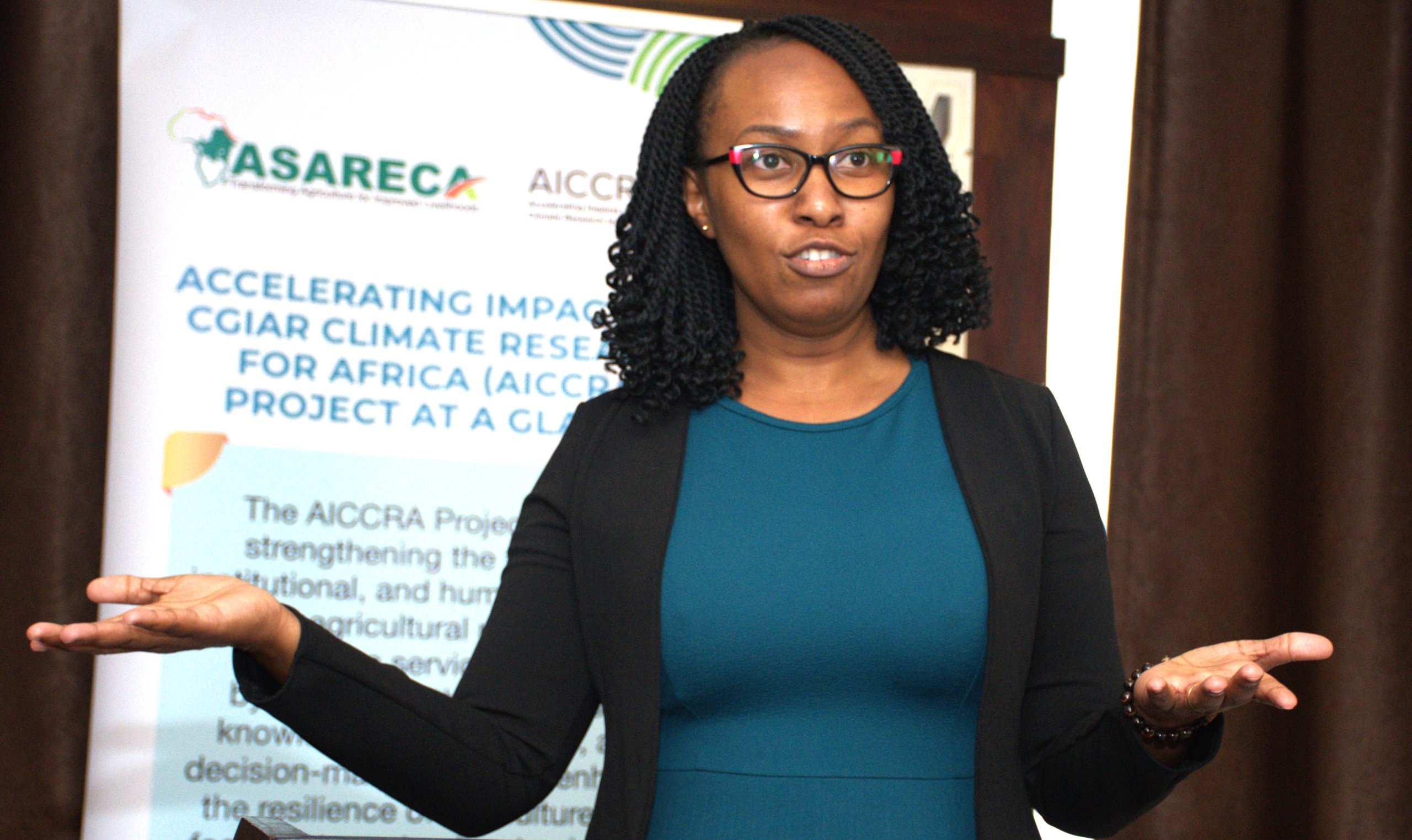
“The blueprint also addresses cross-cutting and context-specific CSA priorities, as well as critical human, physical, and technological capacity gaps that currently impede the deployment of these innovations,” Ms. Barungi explained. “Crucially, the strategy focuses on the development of agricultural commodity value chains, blended financing mechanisms, institutional strengthening and the establishment of critical partnerships to ensure that CSA initiatives are tailored to deliver intended outputs leading to sustainable productivity.”
Links to ASARECA Climate Smart Agriculture Alliance (ACSAA)
The new strategy builds upon work championed under the ASARECA Climate Smart Agriculture Alliance (ACSAA), a multi-stakeholder platform established in 2021 to promote the utilization of proven CSA technologies across ASARECA’s 15 member countries.
Explaining the function of ACSAA, ASARECA Programme Officer for Technology and Innovation, also ACSAA coordinator, Dr. Okonya, noted that to the CSA scaling Strategy is a downstream product of ACSAA, which was formed to harness complementarities and remove duplication of efforts through coordination to enhance the scaling and adoption of CSA initiatives. Formed in 2021 by the National Agricultural Research Institutes, ACSAA is a regionally coordinated body designated by ASARECA Member States to convene and coordinate joint action on CSA best practices.
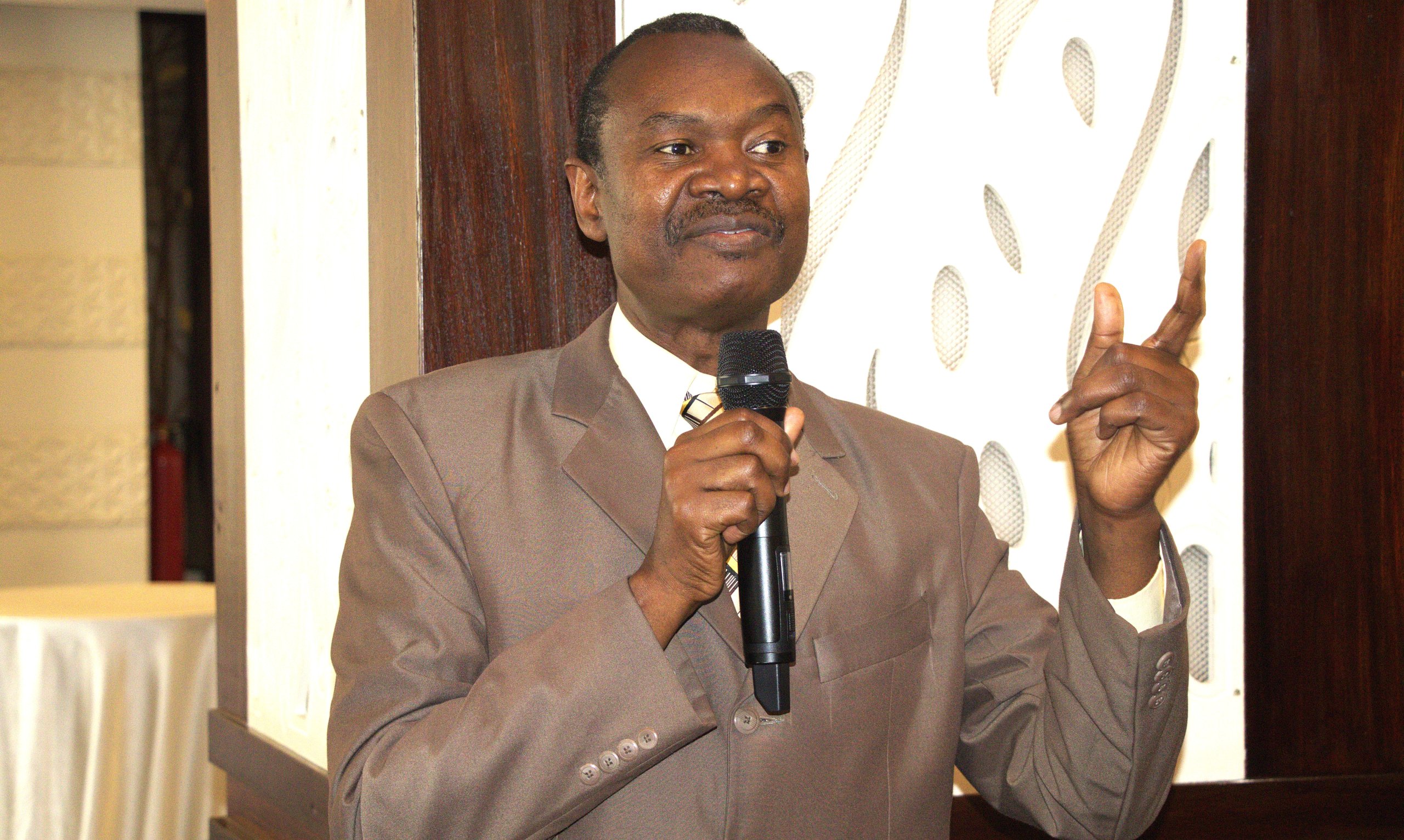
Contextualizing the Strategy
Addressing participants, International Livestock Research Institute (ILRI) Research Scientist, Dr. John Recha directly linked the Strategy to concerted efforts of securing the region’s food systems against the varied and complex challenges of climate change through regional cooperation and unique responses by individual countries to climate impacts on agriculture.
“When Climate smart interventions and technologies make their way to the farmers, our ultimate goal for food security and income safety will have been achieved,” Dr. Recha said. ““Across Eastern and Central Africa, we contend with an extraordinary diversity of landscapes and agroecological zones; from arid and semi-arid rangelands, coastal belts, and flat lowlands to highland plateaus, rolling hills, volcanic soils, floodplains, and humid zones with intense rainfall. This ecological diversity presents both opportunities and challenges, implying that strategic CSA interventions must be carefully tailored to the unique climatic, soil, and livelihood contexts of each ecosystem.”
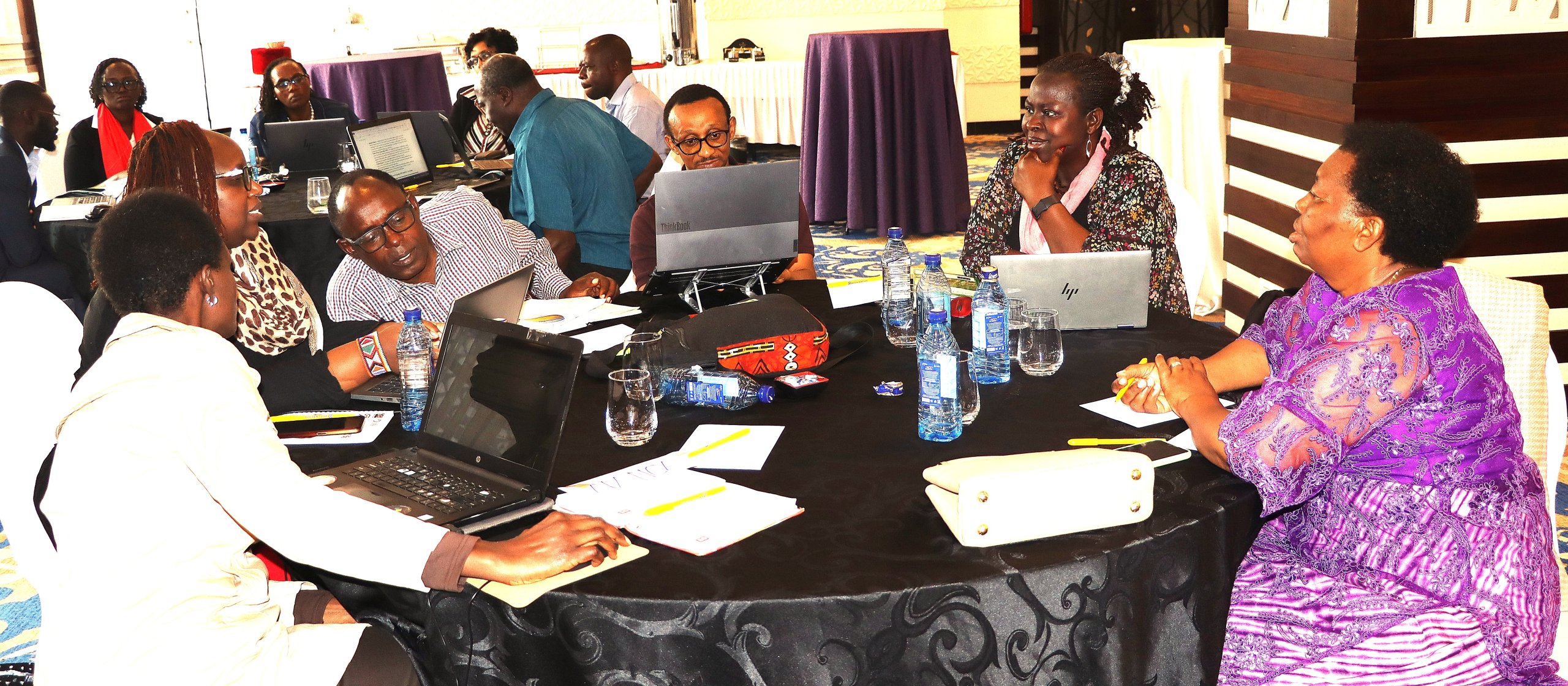
Recommendations for integration into the Strategy
The three-day deliberations resulted into a comprehensive set of recommendations and inputs, primarily focusing on strengthening the financing framework, clarifying institutional arrangements, improving gender and social inclusion, and developing a robust Monitoring and Evaluation and Learning (MEL) framework. The recommendations are explained below:
- Strengthening the financial framework: Ensuring the financing framework is more prominent throughout the strategy by incorporating a strategic intervention on finance for policy reform and digital credit advisory services, mainstreaming Conventional Climate Finance to exhaust existing treaty-provided financing, prioritizing Public-Private Producer Partnerships (PPPPs); onboarding Insurance Mechanisms as a priority adaptation intervention; and documenting Domestic Public Funding to ensure governments are obliged to fund the Strategy among others.
- Public-Private Producer Partnerships (PPPPs): Introduce PPPPs at a higher level of the financing framework to shift focus from Public-Private Partnerships (PPPs) to demand-driven research at the community level.
- Insurance Mechanisms: Prioritize insurance mechanisms as an adaptation intervention for CSA objectives.
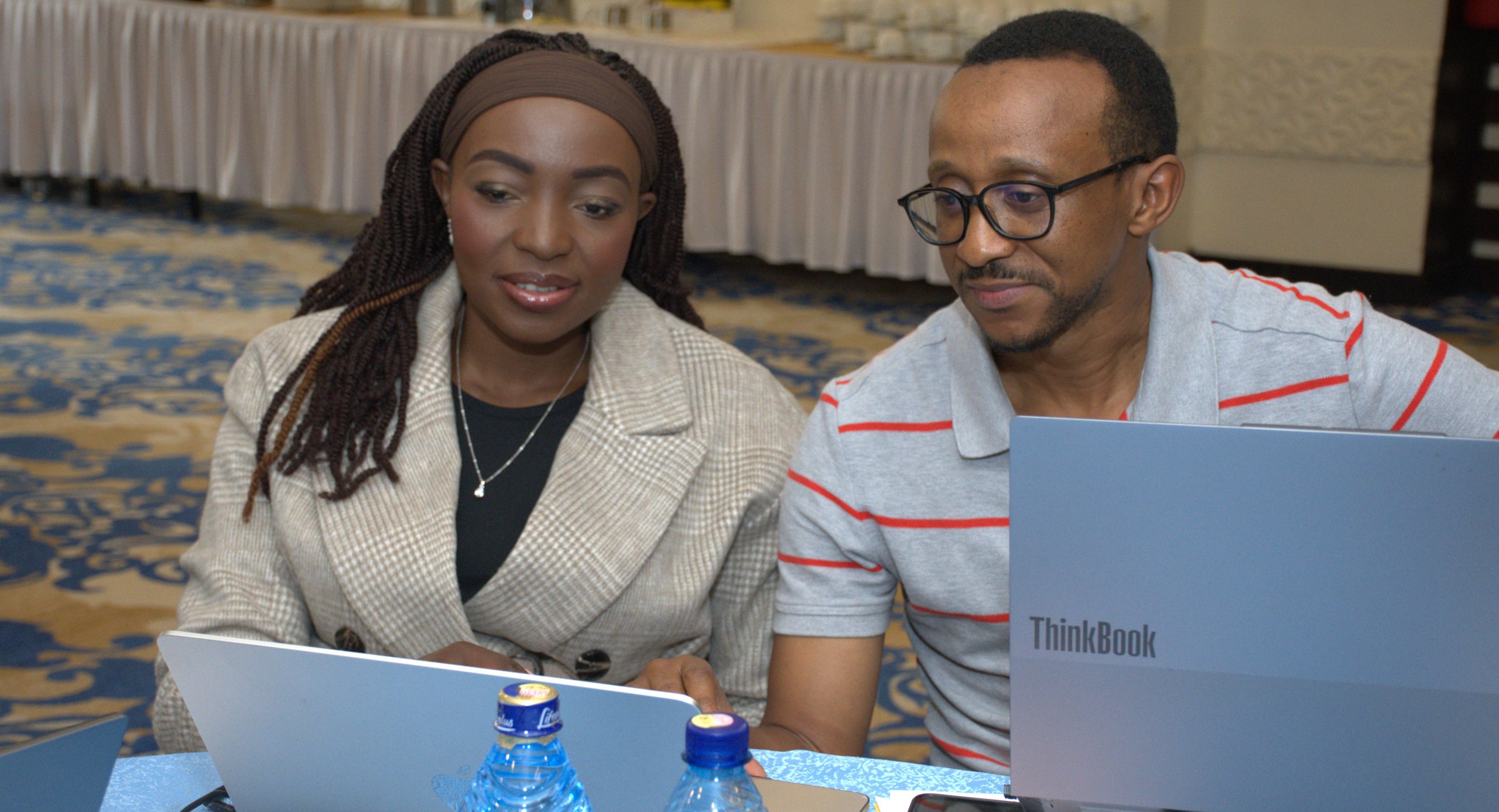
- Institutional Arrangements and Partnerships: Leveraging partnerships by incorporating a multisectoral framework for institutional arrangements including identifying and including institutions responsible for climate change at regional and national levels, integrating the African Union Commission’s Department on Agriculture and Rural Development (AUC-DARD) at the steering committee level, explicitly showing the role of meteorological agencies and bilateral/multilateral financing agencies that focus on climate change; ensuring the multisectoral platform includes financial, gender, and agriculture-related institutions; making Agricultural Research Institutions prominent in the lead implementation teams.
- Gender and Social Inclusion: Ensure the phrasing on Gender and Social Inclusion provides explicit actions for implementation including gender sensitive budgeting and resource allocation; establishing a holistic framework for addressing geographically disadvantaged and conflict-related issues, leveraging digital lending credit ratings of women to translate them into larger conventional loans, and promoting corporate teams to provide women with access to knowledge, financing, and markets.
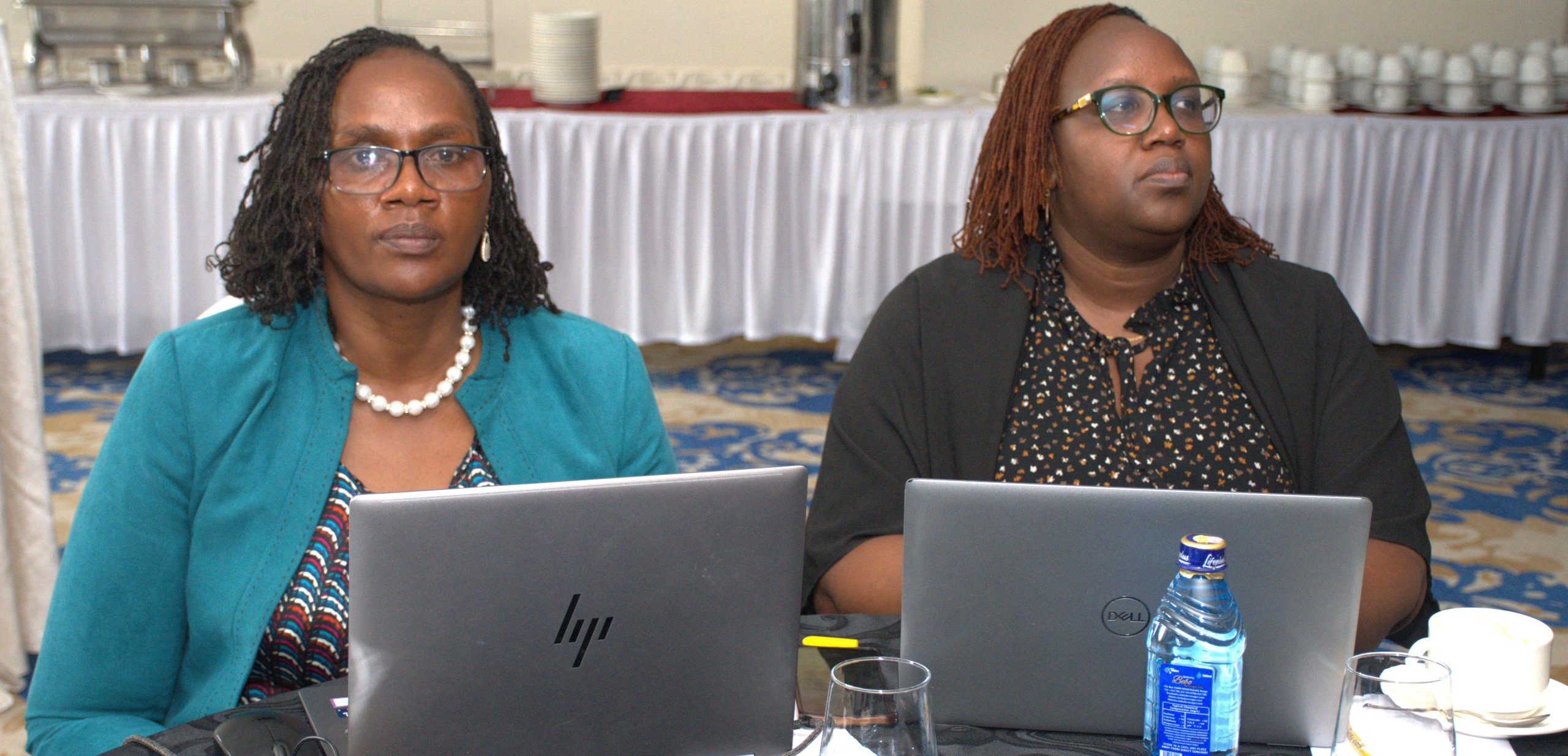
- Monitoring and Evaluation and Learning (MEL): Strengthening the Monitoring and Evaluation and Learning (MEL) Framework by establishing a baseline to assess member countries’ capacity to access existing climate finance mechanisms under the UNFCCC, developing and aligning MEL indicators with broader regional agricultural environment and planetary-related indicators with a direction towards CSA; national and regional site visits, and ensuring the MEL framework is gender responsive.
- Developing simplified and summarized versions of the strategy: Develop simplified and summarized versions of the Strategy document for engagement with policymakers and development partners.
- Buy-in by Member States and AR4D actors: Emphasize Domestic Public Funding and the prominence of Agricultural Research Institutions in the lead implementation teams with governments having the primary responsibility to fund the Strategy.
- Resource Mobilization: Prioritizing access to the Conventional Climate Finance and advocating for Domestic Public Funding; capacity building for future engagement with Carbon Markets and Blended Finance; using PPPPs and insurance mechanisms as key financing/risk-mitigation tools; and focusing on gender sensitive budgeting.
